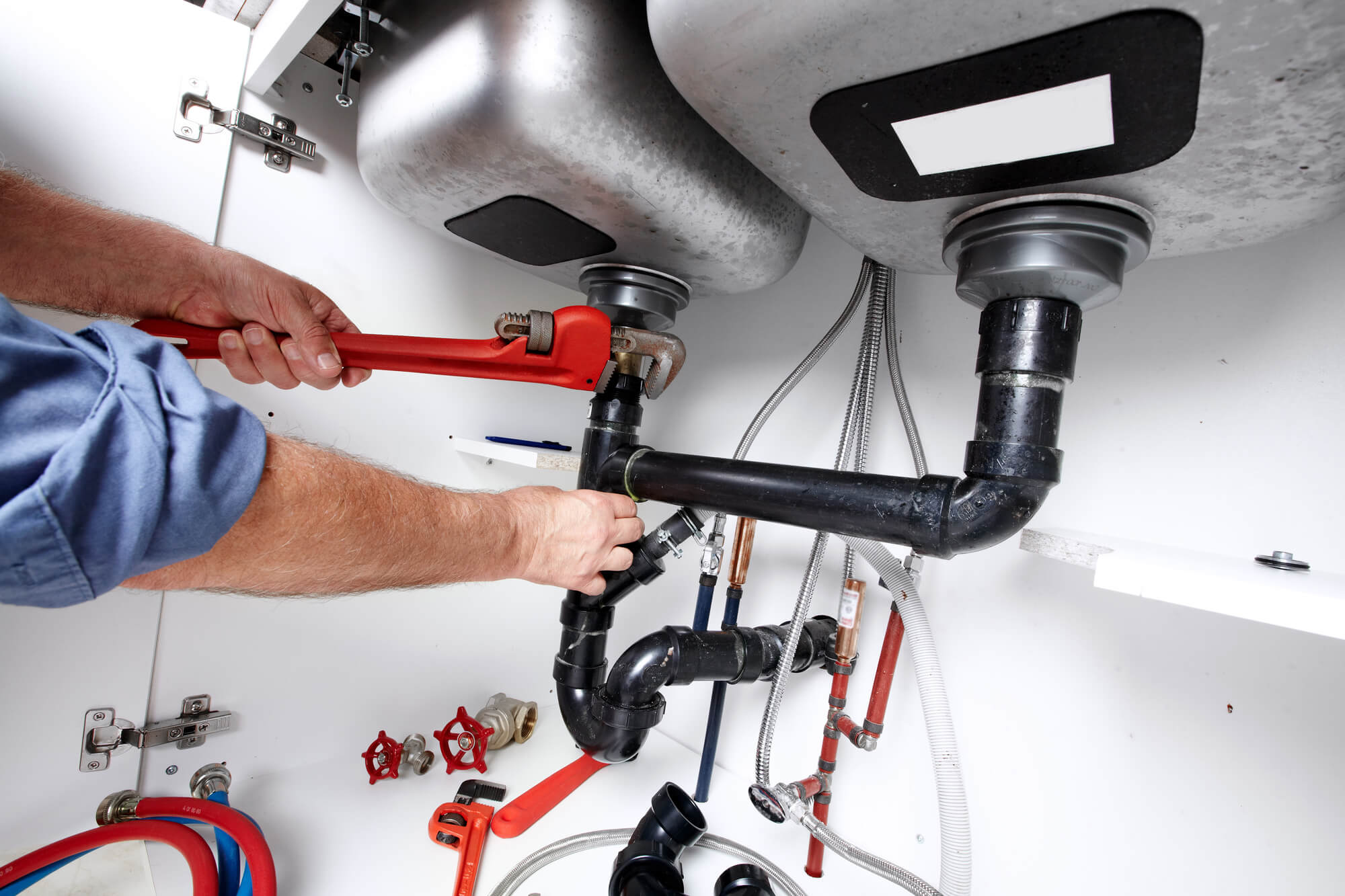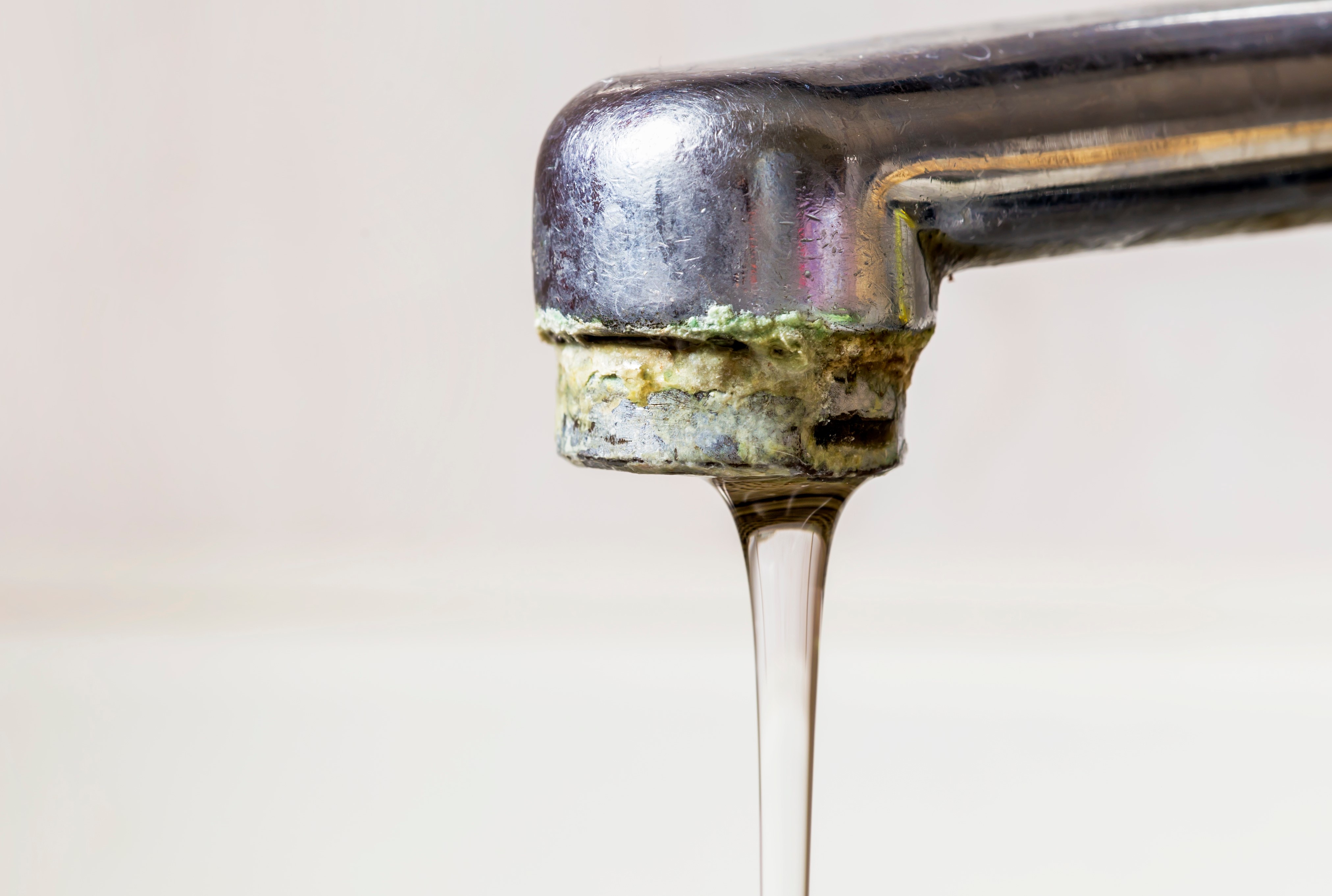Grasping the Foundations of Home Plumbing: A Beginner's Primer
Grasping the Foundations of Home Plumbing: A Beginner's Primer
Blog Article
Are you currently interested in additional info about Understanding the Basics of Your Home's Plumbing System?

Plumbing is a vital facet of any type of home, responsible for providing clean water for drinking, food preparation, and bathing, in addition to getting rid of wastewater safely. Comprehending the essentials of home plumbing is essential for each home owner to guarantee correct upkeep, troubleshooting, and, if required, fixings. In this beginner's guide, we'll cover the essential ideas of home plumbing to aid you become much more accustomed to how it works.
Water Heater
The water furnace is responsible for heating water for domestic use, including showering, food preparation, and cleansing. Usual sorts of hot water heater consist of tank-type water heaters, tankless (on-demand) hot water heater, and heatpump water heaters. The water heater is linked to the water system system and supplies warm water to plumbing components as required.
Drain System
The drain system eliminates wastewater from your home and brings it away to a sewage treatment facility or septic system. It includes a network of pipes, fittings, and fixtures that transport wastewater from plumbing components to the main sewer line or septic tank. Proper water drainage is vital to prevent obstructions, back-ups, and sewage leaks.
Air flow System
The ventilation system helps maintain proper air pressure and prevent sewer gases from entering your home. Air vent pipelines, additionally referred to as vent stacks, extend from plumbing components to the roofing, enabling drain gases to escape securely outdoors. Ventilation pipelines likewise enable air to enter the water drainage system, promoting smooth wastewater circulation and avoiding suction or vacuum impacts.
Supply Of Water System
The water supply system brings tidy water right into your home from a community water resource or a personal well. It consists of a major water line that links to your home's plumbing system, typically situated underground. A water meter measures the amount of water eaten, while a shut-off shutoff enables you to manage the flow of water into your home.
Plumbing Components
Plumbing components are devices that deliver water to different parts of your home and include sinks, taps, commodes, showers, bath tubs, and home appliances such as dish washers and cleaning devices. Each fixture is attached to the water system system through pipes and installations and might have its shut-off shutoff for upkeep or emergency situations.
Typical Plumbing Tools
Having the right tools handy is crucial for carrying out fundamental plumbing fixings and maintenance jobs. Typical plumbing tools consist of flexible wrenches, pipe wrenches, pliers, pipe cutters, hacksaws, plungers, augers (or drainpipe snakes), and Teflon tape. Having these devices readily available can aid you tackle small plumbing concerns effectively.
Standard Plumbing Repair Work
While some plumbing fixings may need specialist support, numerous usual issues can be attended to with fundamental do it yourself strategies. Knowing just how to fix a leaking tap, unclog a drainpipe, change a commode flapper, or fix a dripping showerhead can save you money and time on plumbing fixings.
Conclusion
Understanding the basics of home plumbing is necessary for every single property owner to maintain a risk-free, practical, and effective plumbing system. By acquainting on your own with the water system, plumbing components, drain system, air flow system, usual plumbing devices, and standard repairs, you can confidently deal with minor plumbing problems and ensure your home's plumbing system operates smoothly.
Plumbing for Beginners: A Comprehensive Guide
If you’re a beginner when it comes to plumbing, don’t worry; you’re not alone. Plumbing may seem intimidating, but with the right knowledge and a little practice, you can handle many common plumbing issues on your own. In this comprehensive guide, we will demystify the world of plumbing for beginners, providing you with the basic knowledge and skills needed to tackle common plumbing problems and even take on some DIY plumbing projects.
The Importance of Basic Plumbing Knowledge for Beginners:
First and foremost, basic plumbing knowledge gives you a solid foundation. It helps you grasp the key concepts and terminology that are essential in this field. By learning the basics, you’ll be able to build upon that knowledge and tackle more complex plumbing tasks in the future.
Having a basic understanding of plumbing also enables you to handle common issues that may arise in your home. Picture this: a leaky faucet or a clogged drain. With some basic plumbing knowledge, you’ll have the confidence to troubleshoot and fix these problems on your own. It saves you from unnecessary expenses and the hassle of waiting for a professional to arrive.
As a beginner, learning the basics of plumbing empowers you to take care of your own home. It gives you a sense of independence and self-reliance. You’ll no longer have to rely solely on professionals for every small issue that pops up. Instead, you can handle many tasks yourself, saving time and money in the process.
Remember, everyone starts as a beginner. Embrace the learning process and take small steps to expand your plumbing knowledge. There are plenty of online resources, tutorials, and even local workshops that talk about plumbing for beginners.
Essential Tools for Plumbing for Beginners
As you start your plumbing journey, having the right tools in your toolbox is crucial. Let’s explore some of the must-have tools:
Adjustable Wrench:
This versatile tool is a staple in any plumber’s toolbox. It allows you to tighten or loosen nuts and bolts of various sizes. Make sure to have an adjustable wrench with a comfortable grip.
Pipe Wrench:
A pipe wrench is specifically designed for gripping and turning pipes. It has serrated jaws that provide a strong grip, making it easier to loosen or tighten threaded pipes and fittings.
Plunger:
The plunger is a simple yet effective tool for clearing clogged drains and toilets. It creates suction when you push and pull, helping to dislodge blockages. Keep a good-quality plunger handy for those unexpected clogs.
Pipe Cutter:
When it comes to cutting pipes, a pipe cutter is your go-to tool. It creates clean, precise cuts without damaging the pipe. Look for a pipe cutter that can handle the pipe sizes you’re working with.
Hacksaw:
A hacksaw is useful for cutting through pipes, screws, and other materials. It’s a versatile tool that can handle different cutting tasks. Remember to use a blade suitable for cutting metal.
Tape Measure:
Accurate measurements are crucial in plumbing. A tape measure allows you to measure pipe lengths, distances, and dimensions accurately. Opt for a sturdy tape measure that extends a good length.
Pliers:
Pliers come in handy for various tasks, such as gripping, bending, and cutting. Slip-joint pliers with adjustable jaws are great for gripping pipes, nuts, and bolts.

We were brought to that article about How Does the Plumbing Work in Your Home? from a friend on another blog. If you appreciated our post plz don't forget to share it. Thanks so much for going through it.
Click Here To Find Out More Report this page